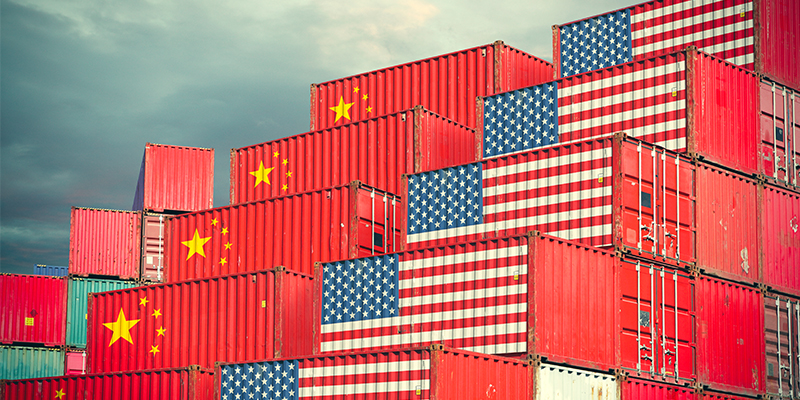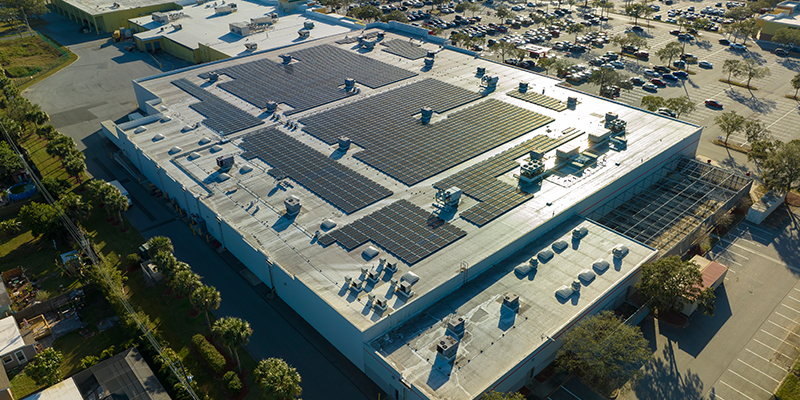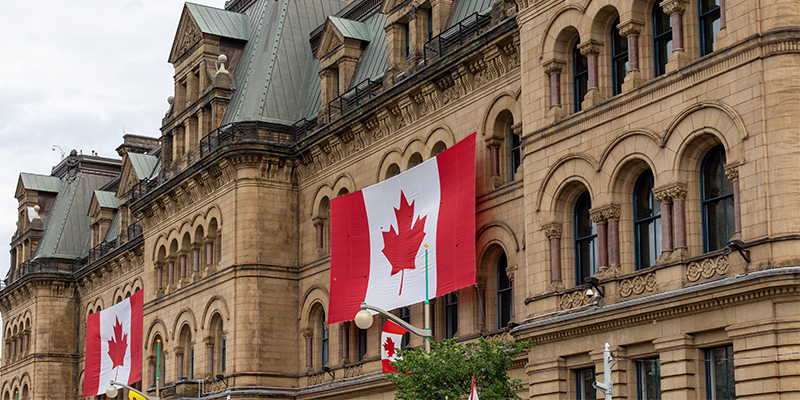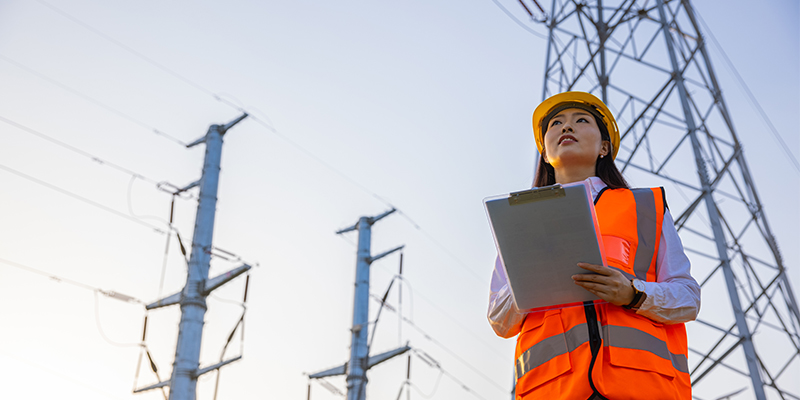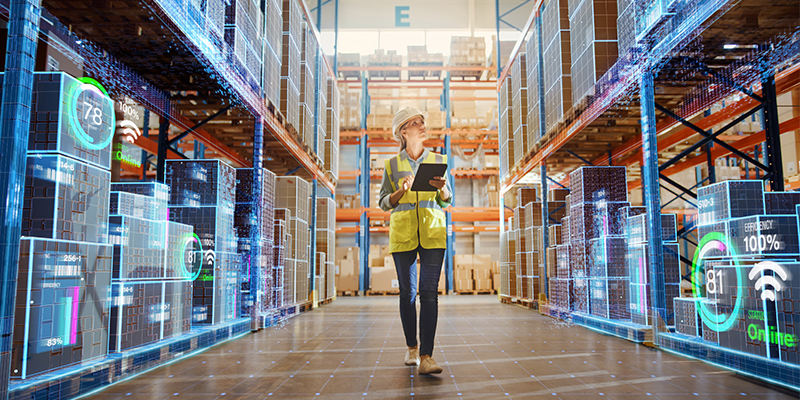By Eric Schmutz
U.S. tariffs have been on the rise over the last several years, often targeting China and affecting global manufacturing with major implications for logistics. If tariffs continue to rise as expected, what will this shift mean for West Coast industrial real estate?
In a session at I.CON West this week in Los Angeles, Eric Cox, senior vice president with CBRE’s National Partners Group, and Curtis Spencer, CEO of IMS Worldwide, Inc., examined the latest changes in global trade, manufacturing, nearshoring and more from the development perspective.
The session began with an explanation of what a tariff is – a tax on goods crossing national borders – and what it does, which is to either increase the price of imported goods relative to domestic goods (a protective tariff); generate money for the government (a revenue tariff); or match tariffs imposed by another country (reciprocal tariffs).
Spencer noted that there are three common reasons for a country to increase tariffs:
- Tariffs can be used as a negotiating tactic. With the joint review of the United States-Mexico-Canada Agreement scheduled to begin next year, increasing tariffs not subject to the agreement could focus negotiations.
- Because tariffs are a tax on imported products, increasing tariffs will increase federal revenues, at least in the short term.
- Tariffs can be increased for reciprocal reasons. This is the most complicated process, because tariffs are placed on products at differing levels. For example, the tariff rate for orange juice from Brazil is different than the tariff rate for orange juice from Costa Rica.
Both Spencer and Cox agreed that tariffs have not changed the behavior of U.S. consumers, with Spencer noting that: “We are a consuming nation and we’re going to continue to consume the cheapest products.”
In addition, Spencer explained that tariffs do not result in making most U.S. products a more affordable alternative. He pointed to the increased prices of steel and aluminum manufactured in the United States following the Trump administration’s order to impose a 25% tariff on those imports.
The speakers also addressed the implications of tariffs on products coming from China. In 2018, President Donald Trump imposed a 25% tariff on approximately $50 billion worth of Chinese imports, targeting products related to industrially significant technologies. In September 2018, he expanded these tariffs to cover an additional $200 billion worth of Chinese goods. In January 2020, the U.S. and China signed the Phase One trade deal, which aimed to ease some of the tensions and included commitments from China to purchase more U.S. goods.
President Joe Biden maintained the Trump policies regarding tariffs on Chinese goods. However, when Trump returned to office for a second term, he determined that China had not sufficiently fulfilled its commitment to purchase U.S. goods, and in March ordered additional tariffs on various Chinese imports, raising the rate from 10% to 20%.
Cox noted that Chinese companies are exploiting the U.S. de minimis threshold, allowing goods valued at $800 or less to enter the country duty-free. In addition, third-party logistics (3PL) providers based in Asia have been scooping up large warehouse leases in Southern California in preparation for the higher tariffs ordered by Trump. As a result, Asian-owned 3PLs occupy approximately 40% of the warehouse market in Southern California.
Spencer advised building owners to look into and consider pursuing Foreign-Trade Zone (FTZ) certification. FTZs are secure areas under U.S. Customs and Border Protection (CBP) supervision that are considered outside CBP territory for tariff purposes. FTZs help American businesses compete globally by reducing tariff burdens on imported inputs and exported finished products; companies are allowed to defer paying duties on imported goods until they enter the U.S. market.
FTZs can lower costs for U.S.-based operations engaged in international trade, such as distribution or e-commerce fulfillment centers. Any site can qualify for an FTZ, including new, built-to-suit, speculative and existing buildings. According to Spencer, this designation increases the competitiveness of U.S.-based businesses and provides added security for building owners.
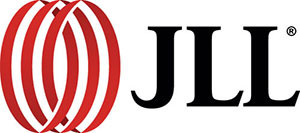
This post is brought to you by JLL, the social media and conference blog sponsor of NAIOP’s I.CON West 2025. Learn more about JLL at www.us.jll.com or www.jll.ca.

